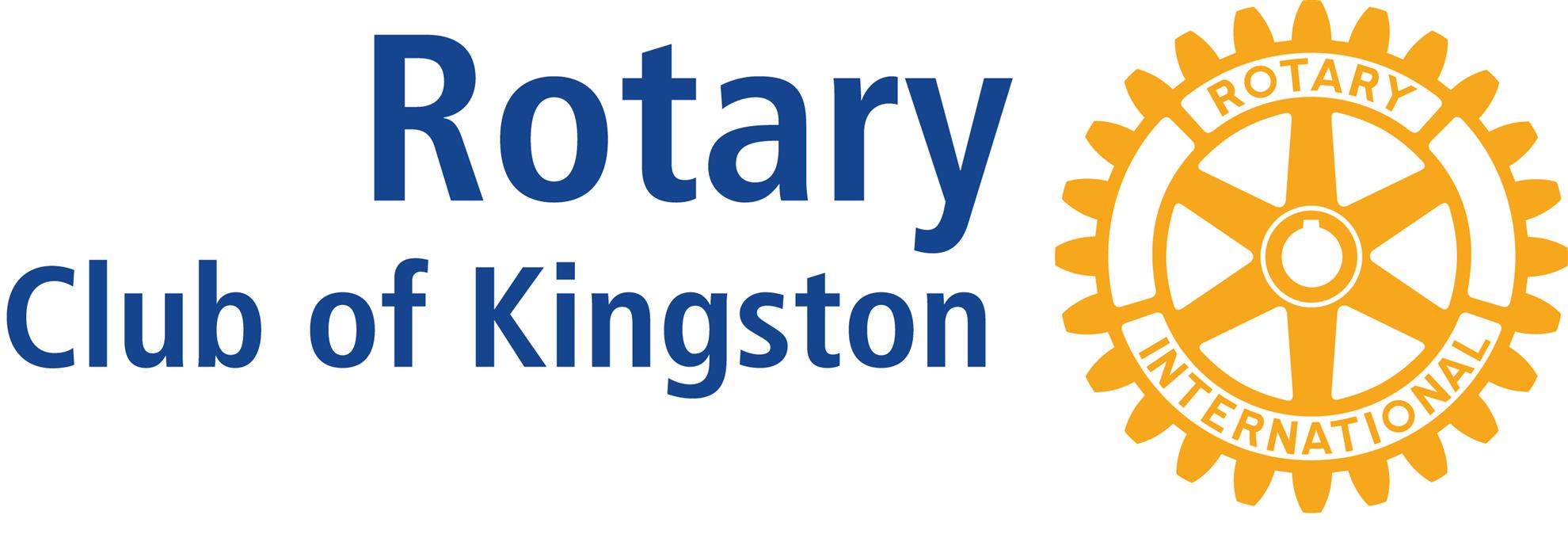
Dr. Shyra Barberstock and Rye Barberstock, co-founders of the firm Okwaho Equal Source, an Indigenous social innovation company, spoke on how the role of treaties and wampum belts can be a guide to "truth and reconciliation".
 Although they both have backgrounds in cultural and economic Geography, Rye with his love of history did most of the talking while sharing the story and symbolism of three wampum belts.
Although they both have backgrounds in cultural and economic Geography, Rye with his love of history did most of the talking while sharing the story and symbolism of three wampum belts.Rye also known as "Big Cloud" by his Mohawk name, began with a reflection on the name Canada, which in his indigenous language means "home" and how home is so central to Indigenous thinking and in turn grounds how treaties are viewed.
Home, he said "is central to community, or our "common unity" in other words "where people come together to share ideas on an equal playing field". He shared the view that his ancestors "invited" non-indigenous people" into their "homes" and they were doing so as "friends".
Friendship is pivotal, he said to "truth, trust, relationship building, partnerships, collaborations, and even Nation building; all come from the very spirit of friendship."

According to Barberstock the power of wampum belts comes from their ability to tell the story of friendships. Made from clam shells, turned into beads, they became the "narrators of the past". Over hundreds of years, 100s of belts were made, each one telling a different part of the story of the their nation.
Example One: the friendship belt on the left in the photo
Using a replica of an very early wampum belt, Rye described how the belts were created using clam shells which were turned into tiny beads, and strung onto thin fibres of bark to create the image. Put together the strings of beads would become "recorders of history". They would tell a story.
In this example the two rectangles represent two indigenous nations the Anishanabe and Haudenosaunee who are joined together in reciprocity and interconnectivity as represented by the thick white line that runs between them. The blue represents the water which surrounds them yet joins their cultures. The belt is one of the earliest examples of a "true friendship and alliance" between them.
Example Two: "The Two Row" belt in the middle of photo
The Two Row is a representation of two distinct peoples. It was formed around 1613 in New York State to symbolized the Dutch and the Haudenosaunee. As Rye told the story, the Haudenosaunee knew the Dutch were settling on their ancestral lands and used the wampum to spark a conversation "which in turn sparked friendship and from that friendship sparked trust". The Haudenosaunee knew they needed a record of this agreement, and so The Two Row wampum belt was born. as a form of accountability. There length, Rye said was symbolic of the "River of Life"
Rye asked us to imagine the two thick lines of rivers one holding the Dutch ships and, the other the Haudenosaunee canoes, travelling in parallel but never crossing each others path, rather travelling side by side as equals. However, their paths have too often crossed not in a good way and the wampum has become symbolic of the need to get back on course where we can recognize the diversity and unity of working together side by side.
Example Three: "The Dish With One Spoon" belt on the right in the photo
The Dish With One Spoon belt is representative of "Mother Earth" and its bounty of resources or the "environment which sustains us". Inside the dish is a beaver, with its delicacy the tail, which is symbolic of the food which also sustains us. Sustainability is at the heart of thinking in terms of conserving resources for countless generations of offspring.
So wampum belts are keepers of the law to uphold and protect the land for those who will come after us. It is a reminder that we are all tied together in the River of Life.
To further illustrate his point on how wampum generate friendship Rye used the example of "trees'. Trees never live alone, unless planted by man. Many kinds of trees live together in a forest, their roots inter-twinned, each generating a metaphorical friendship of interconnectedness and responsibility for themselves and each other.
This "common unity" Rye said, "Is at the root of the indigenous value systems and generates their sense of sovereignty."
Before taking question Shyra reflected on how the wampum can help us rethink modern issues. Concepts such as diversity as the two row wampum illustrates walking side by side while rejecting assimilation and respecting difference or using the dish with one spoon wampum as a framework for exploring a response to climate change.
In the end she challenged all of us to delve deeper into the historical narrative of wampum belts and to learn more on indigenous ways of creating friendship aka Truth and Reconciliation.

